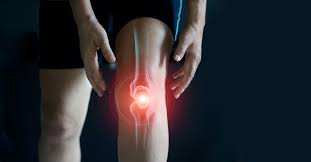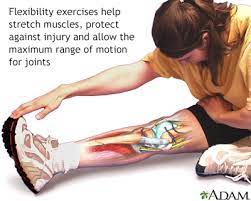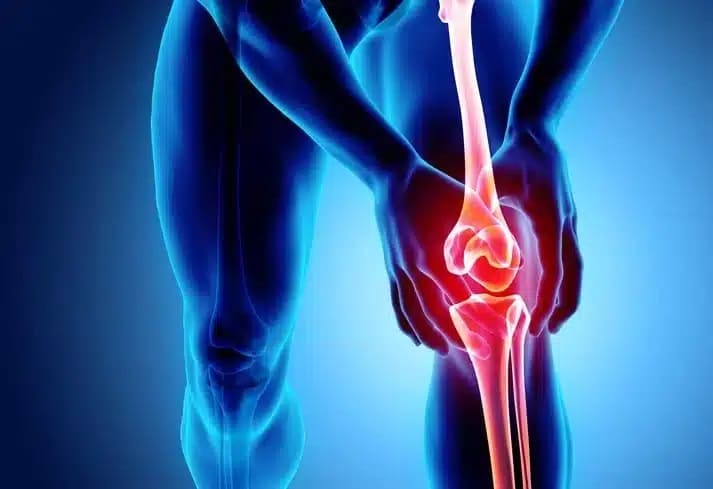Geriatric Bone & Joint Care
Geriatric bone and joint care refers to medical and lifestyle interventions aimed at promoting the health and well-being of the elderly population's musculoskeletal system, including bones and joints.
With advancing age, individuals are at an increased risk of conditions like osteoporosis (brittle bones) and osteoarthritis (joint degeneration), which can lead to pain, reduced mobility, and fractures.
Regular exercise, including weight-bearing activities and strength training, can help maintain bone density, muscle strength, and joint flexibility in older adults. Adequate nutrition, particularly sufficient calcium and vitamin D intake, is crucial for maintaining bone health and preventing osteoporosis.


Muscle and bone conditions in older age
Nearly half of all Australians over the age of 75 years have some kind of disability. Common conditions affecting muscles and the skeleton, or the musculoskeletal system.
The cartilage within the joint breaks down, causing pain and stiffness. the bones become soft, due to problems with the metabolism of vitamin D. muscle weakness and pain any of the above conditions can affect the proper functioning of the associated muscles.
Muscles are less toned and less able to contract because of changes in the muscle tissue and normal aging changes in the nervous system. Muscles may become rigid with age and may lose tone, even with regular exercise.
Breakdown of the joints may lead to inflammation, pain, stiffness, and deformity. Joint changes affect almost all older people. These changes range from minor stiffness to severe arthritis.
Age-related changes in muscle
Muscle loses size and strength as we get older, which can contribute to fatigue, weakness and reduced tolerance to exercise. This is caused by a number of factors working in combination.
Muscle fibres reduce in number and shrink in size. Muscle tissue is replaced more slowly and lost muscle tissue is replaced with a tough, fibrous tissue.
Changes in the nervous system cause muscles to have reduced tone and ability to contract. Bone is living tissue. As we age, the structure of bone changes and this results in loss of bone tissue. Low bone mass means bones are weaker and places people at risk of breaks from a sudden bump or fall.

